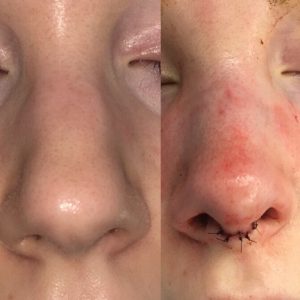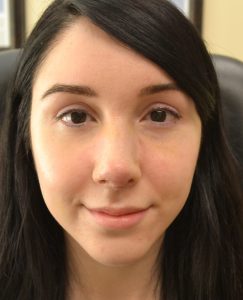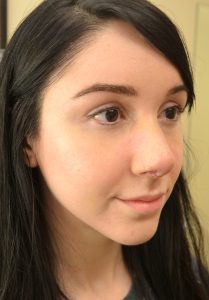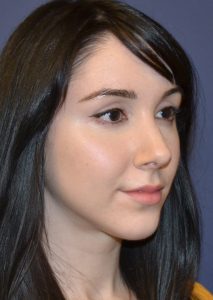So you have decided to undergo a rhinoplasty or nosejob procedure…Now what? What can you expect in terms of recovery, swelling and how will it look?…
These are all questions I love to answer and review before the operation. Our procedure page has detailed info on the types of rhinoplasty and the procedure. The best patient results occur when I can thoroughly review these items and patients know what to expect. The recovery process can be explained in terms of immediately during surgery, immediately after surgery, and months after surgery. While we always tell patients that the full recovery after rhinoplasty can take about a year, it is worst the first couple of months. Changes can continue in the nose after year 1, year 5, and throughout their life. As we age the shape of the nose changes just like the shape of our eyes, neck, and eyebrows.
Immediately during surgery
During the operation, we often take intraoperative photos. These can be interesting because they can give a “first look” at your new nose. Remember, that there is swelling from the anesthetic injected into the nose and the nostrils especially will appear large and upturned. We often overcorrect on tip rotation because we expect the tip to drop slightly. However improvement can be evident.


Frontal (left) and Oblique (right) views of the nose immediately after rhinoplasty. One can see the improvement in the shape, proportion, and size of the nasal bridge and tip. You can see the small black stitches on the base of the nose which are removed after one week.
Immediately after surgery
During this time in recovery, we add medications to help with swelling. Since the nose has a large blood supply, swelling can occur as well as bruising. Medications such as Arnica, Oral Steroids, Antibiotics, and anti-nausea medications reduce inflammation and control pain. Patients are asked to keep their head elevated and use cold compresses. You will not be able to breath for one week after the surgery while the splints are in the nose . Then they are removed and patients love it!


Our patient just had her nasal cast removed and has swelling on the bridge, tip, and cheeks very typically of rhinoplasty. The nose is an “overgrown” version of itself. Patience is necessary during this healing phase. There is mild yellow discoloration of the cheeks from the nasal bone repositioning that was done.
Months after Surgery
In general, patients who have thicker skin and more extensive work will have swelling longer. But for most, after two months the swelling has improved significantly and patients look better. At this point the incisions are less red and can be covered with makeup if needed. The cheeks are less puffy and patients feel much better. Many patients who had nasal obstruction also note improvement. At this point patients can resume their normal activities including exercise and manual work.


Our patient at just two months out from surgery. You can see the marked improvement in swelling, bruising, and appearance.
These three periods in time–immediate, one week, and 2-3 months, represent the most critical and dynamic during rhinoplasty. Patients should never jump to early conclusions about the final appearance of the nose until all of the swelling has resolved. Come to our office for a consultation where we can spend 45 minutes to an hour helping you achieve your goals!

Leave a Reply